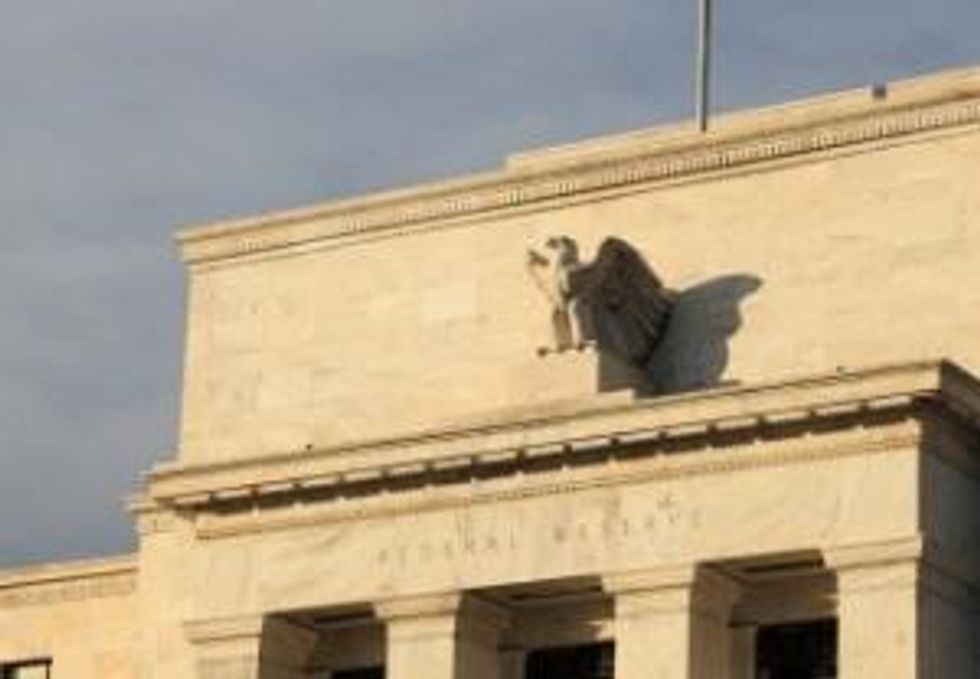- AustraliaNorth AmericaWorld
Investing News NetworkYour trusted source for investing success
- Lithium Outlook
- Oil and Gas Outlook
- Gold Outlook Report
- Uranium Outlook
- Rare Earths Outlook
- All Outlook Reports
- Top Generative AI Stocks
- Top EV Stocks
- Biggest AI Companies
- Biggest Blockchain Stocks
- Biggest Cryptocurrency-mining Stocks
- Biggest Cybersecurity Companies
- Biggest Robotics Companies
- Biggest Social Media Companies
- Biggest Technology ETFs
- Artificial Intellgience ETFs
- Robotics ETFs
- Canadian Cryptocurrency ETFs
- Artificial Intelligence Outlook
- EV Outlook
- Cleantech Outlook
- Crypto Outlook
- Tech Outlook
- All Market Outlook Reports
- Cannabis Weekly Round-Up
- Top Alzheimer's Treatment Stocks
- Top Biotech Stocks
- Top Plant-based Food Stocks
- Biggest Cannabis Stocks
- Biggest Pharma Stocks
- Longevity Stocks to Watch
- Psychedelics Stocks to Watch
- Top Cobalt Stocks
- Small Biotech ETFs to Watch
- Top Life Science ETFs
- Biggest Pharmaceutical ETFs
- Life Science Outlook
- Biotech Outlook
- Cannabis Outlook
- Pharma Outlook
- Psychedelics Outlook
- All Market Outlook Reports
The QE3 rally may not be as solid and secure as some would like to believe. Banks have placed bets against it.
In the futures market, those holding long contracts are betting on price increases. Short contracts allow players to reap profits from price declines. Therefore, there are concerns that the QE3 rally may not be as solid as it seems, since commercial banks have been betting against, or shorting, the market.
In 2012, four US banks have consistently participated in the silver futures market. (the identity of the banks is suspected but not confirmed because the Commodity Futures Trading Commission hides the identities of traders). Their short contracts always heavily outweigh the number of long contracts and their positions could be described as contrarian considering the bullish silver price.
At the beginning of February, when silver prices where strong, these participants were short 22,283 contracts and long 1,443 contracts. When the larger market suffered month-end trauma dubbed the Leap Day Massacre, these players were well positioned to benefit.
Given that these banks, commonly referred to as “the Big 4,” are known to have a preference for being on the short side, it will come as little surprise that expectations for QE3 didn’t alter the shorting trend.
Non-US banks also going short
Much of the focus on bank activity in the silver market tends to be centered on those US entities. But the Commodity Futures Trading Commission releases Bank Participation Reports (BPRs) that also report on the activities of non-US banks. The number of these banks that participate in the market fluctuates — this year between 11 and 14 — and the number of contracts they collectively hold is far smaller than their US peers.
The non-US banks also trimmed their long positions and were heaviest to the short side around the the Leap Day Massacre period.
The latest BPR shows that they also began increasing their short positions prior to the QE3 announcement.
The July BPR shows 11 non-US banks participated in the silver futures market in June. The number of long contracts that they held outnumbered the short contracts. The August report then shows two more banks jumped into the game. With 13 banks playing, both the number of long and short contracts increased, but the group was still heaviest on the long side.
The September report reveals an interesting twist. As market sentiment began improving and investors started buying into the hopes of QE3, both US and non-US banks began boosting their bets in the opposite direction.
By September 4, the number of long contracts held by US banks was 1,534, trimmed down from 6,685. Short contracts grew from 27,150 to 30,294.
13 non-US banks had trimmed their 6,307 contracts down to 5,728. Their short contracts rose from 5,479 to 8,529.
At these levels, both US and non-US banks have more short contracts than at any period during the year.
Long positions increased before QE3
BPRs are released monthly but the Commitment of Traders (COT) report, which is released weekly, continues to suggest a divergence of attitudes.
According to the latest COT, which covers the week ended September 11, the Tuesday before the Fed’s announcement, net speculative length increased for the seventh week. Speculators increased their long positions and cut their short positions.
Commercial traders, a broader category that includes the banks, increased their short positions. Both the producer/merchant/processor/user group and the swap dealers cut their long contracts.
Short covering would be costly
Silver bulls appear to be going head-to-head with market giants who will benefit from price declines. Silver has risen by over $6, or more than 21 percent, in the past month. Short covering, should it be necessary, would be a costly affair.
“There is real danger and opportunity present in silver at this juncture,” said silver analyst Ted Butler of Butler Research. “Some of the biggest price smashes in history have occurred when the COT [reports] have been as extreme as they are now.”
The October Bank Participation Report should provide a means to reassess this risk, as it will reveal how banks are betting now that QE3 is certain.
Physical silver investors may wonder how all this pertains to them. First, market veterans who are suspicious about the implications of the data warn that volatility may lie ahead and silver investors may want to prepare. Second, those investors who believe that the data suggests a price decline may want to consider stacking their cash for the moment and awaiting sale prices to present the opportunity to buy more for less.
Securities Disclosure: I, Michelle Smith, do not hold equity interests in any company mentioned in this article.
Outlook Reports
Featured Precious Metals Stocks
Browse Companies
MARKETS
COMMODITIES
| Commodities | |||
|---|---|---|---|
| Gold | 2389.76 | +9.84 | |
| Silver | 28.34 | +0.10 | |
| Copper | 4.46 | -0.01 | |
| Oil | 84.83 | +2.10 | |
| Heating Oil | 2.61 | +0.06 | |
| Natural Gas | 1.77 | +0.01 | |
Investing News Network websites or approved third-party tools use cookies. Please refer to the cookie policy for collected data, privacy and GDPR compliance. By continuing to browse the site, you agree to our use of cookies.


